These 20 draft classes, sorted by year, represent many of the Broncos' best draft classes, largely based on Pro Football Reference's weighted career approximate value calculation. However, we also included some draft classes where it felt like the calculation didn't quite capture their entire value.
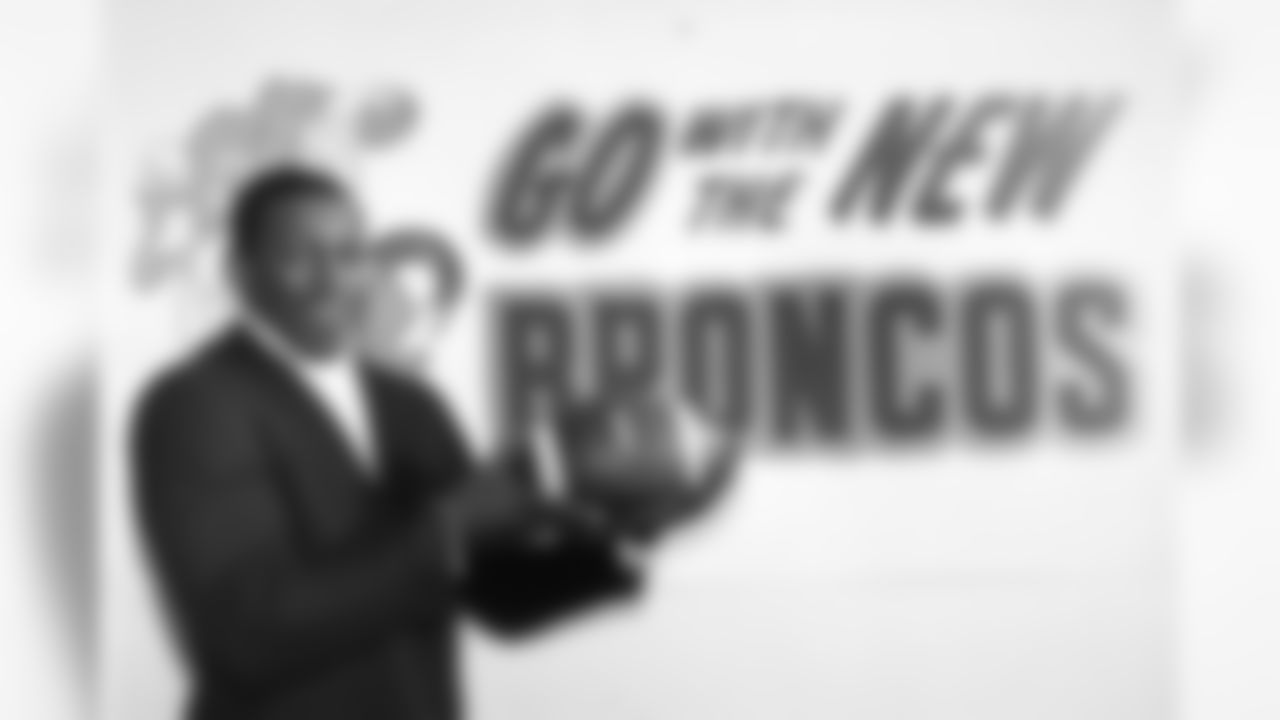
Having a Hall of Famer goes a long way for a draft class, and with running back Floyd Little fulfilling the Broncos' expectations, the 1967 class clocks the fourth-highest total weighted career approximate value (240) for the Broncos since the two leagues began to merge, which began with this draft. Aside from Little, the most impactful player from the class was Mike Current, an offensive lineman who started in the NFL for 12 years. Four other players started at least three seasons in the NFL.

The Broncos' 1968 class (230 CarAV) featured a Hall of Famer in Curley Culp — but the Broncos thought he should play offensive line and instead of forcing the position change, they dealt him to Kansas City. Still, the Broncos also found impact players in defensive lineman Paul Smith, a Ring of Famer, defensive back Charlie Greer and quarterback Marlin Briscoe, who eventually became a Pro Bowler in Miami as a wide receiver.

The Broncos' 1971 class (191 CarAV) featured a two-time first-team All-Pro in Lyle Alzado, and the team found three other players who would start at least three seasons in the NFL in tackle Marv Montgomery, guard, Tommy Lyons and defensive back Dwight Harrison.
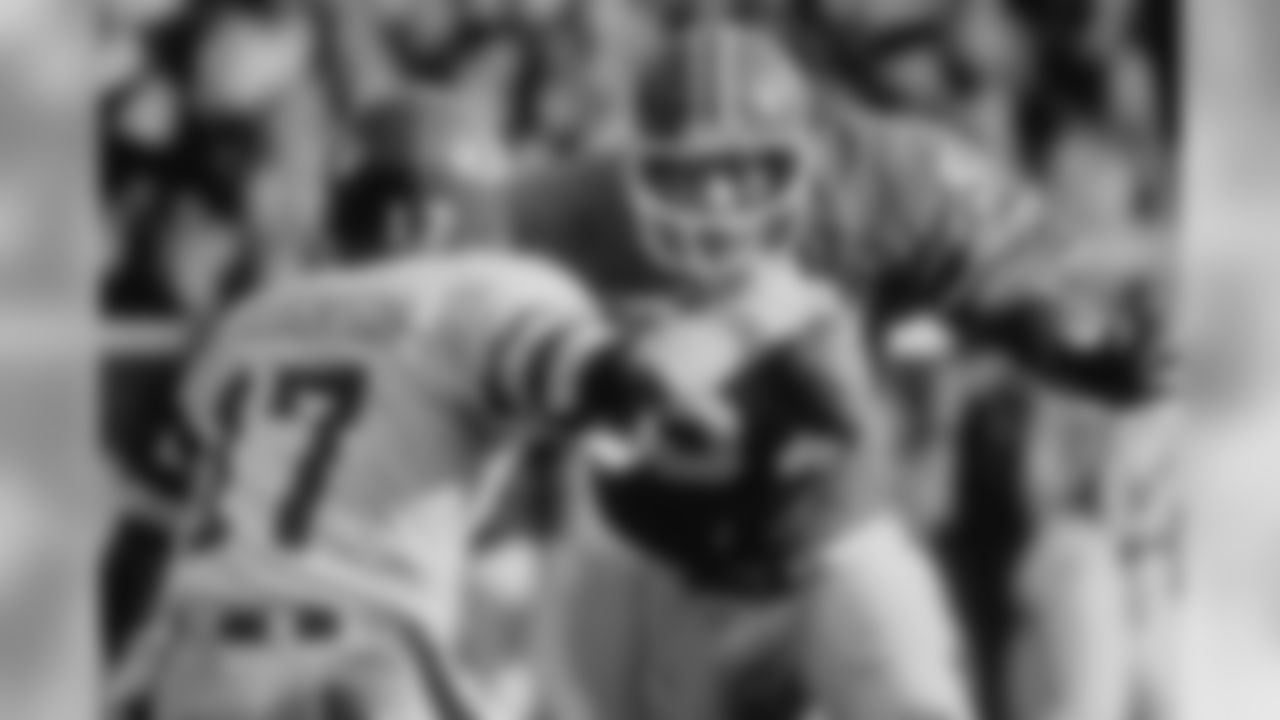
Though the Broncos' 1973 draft class included no Hall of Famers, it racked up the highest total weighted career approximate value (384) as calculated by Pro Football Reference. The Broncos found three players who would start for the franchise for more than a decade and help lead them to Super Bowl XII, and two of them — linebacker Tom Jackson and running back Otis Armstrong — made at least two Pro Bowls and each earned one first-team All-Pro selection. Along with defensive end Barney Chavous and guard Paul Howard, the Broncos found long-term pieces for their roster.
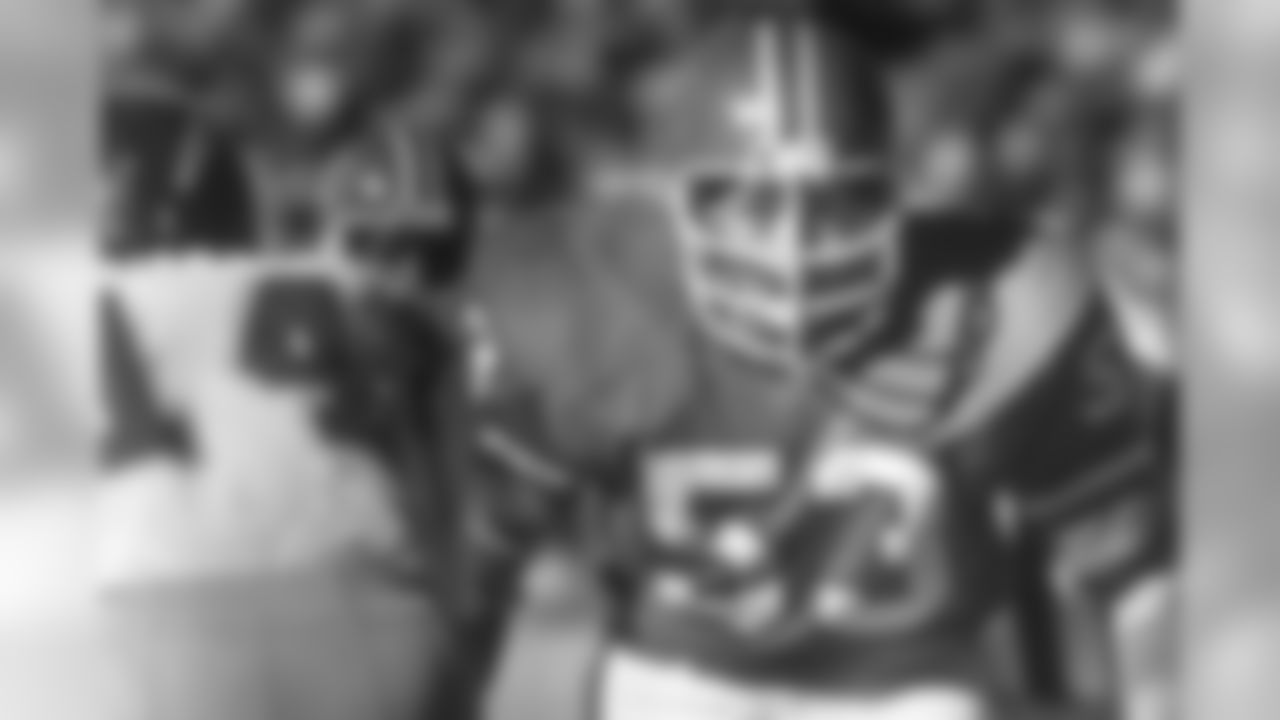
The Broncos may have had more misses than hits in the 1974 draft (153 CarAV), but their two hits more than made up for that. In Randy Gradishar, the Broncos found a nine-year starter who will likely be elected to the Hall of Fame at some point. Gradishar led the Orange Crush defense as he racked up seven Pro Bowls and two first-team All-Pro selections. Two rounds later, they drafted another nine-year starter in Claudie Minor.
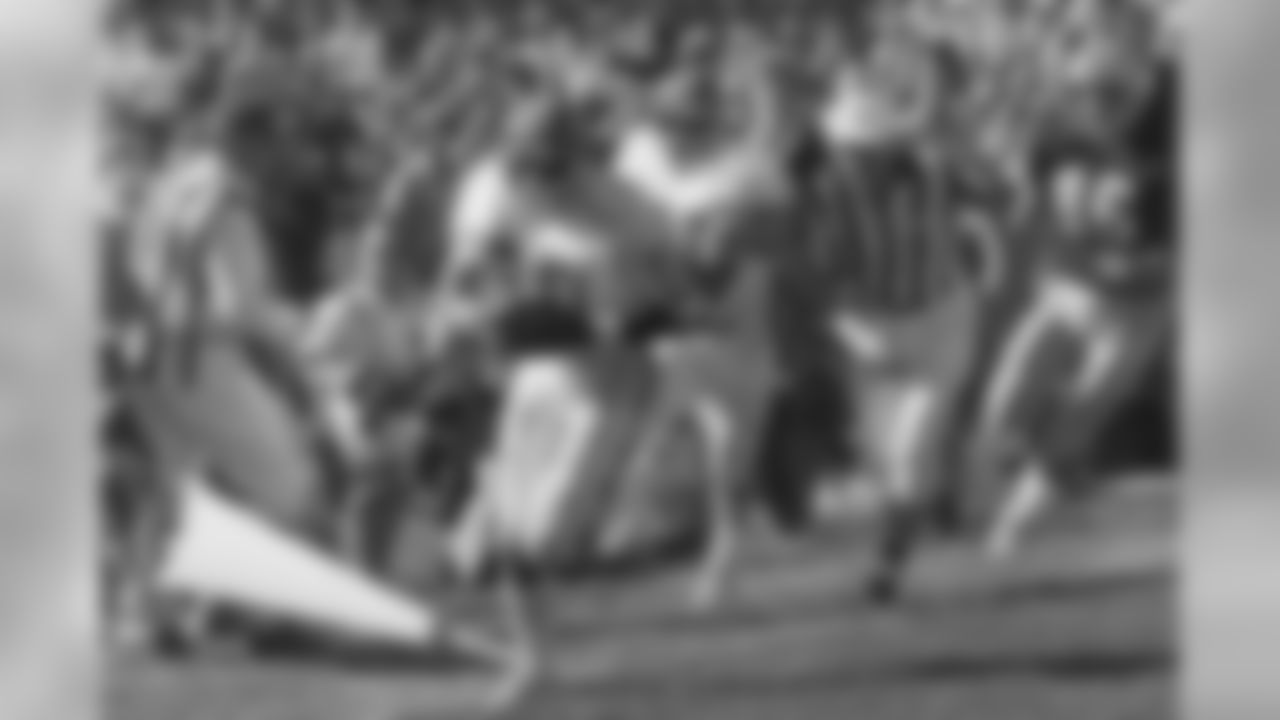
Ring of Famers Louis Wright and Rick Upchurch lead the way for this class (275 CarAV), but you can't overlook 10-year starter Rubin Carter and nine-year starter Steve Foley. Upchurch was also a first-team member of the NFL 1970s All-Decade Team, and Wright was a second-team member.

Defensive end Rulon Jones, offensive lineman Keith Bishop and defensive back Mike Harden each started for at least six seasons in the NFL, and Jones was a one-time first-team All-Pro and a two-time Pro Bowler to lead this class (203 CarAV).
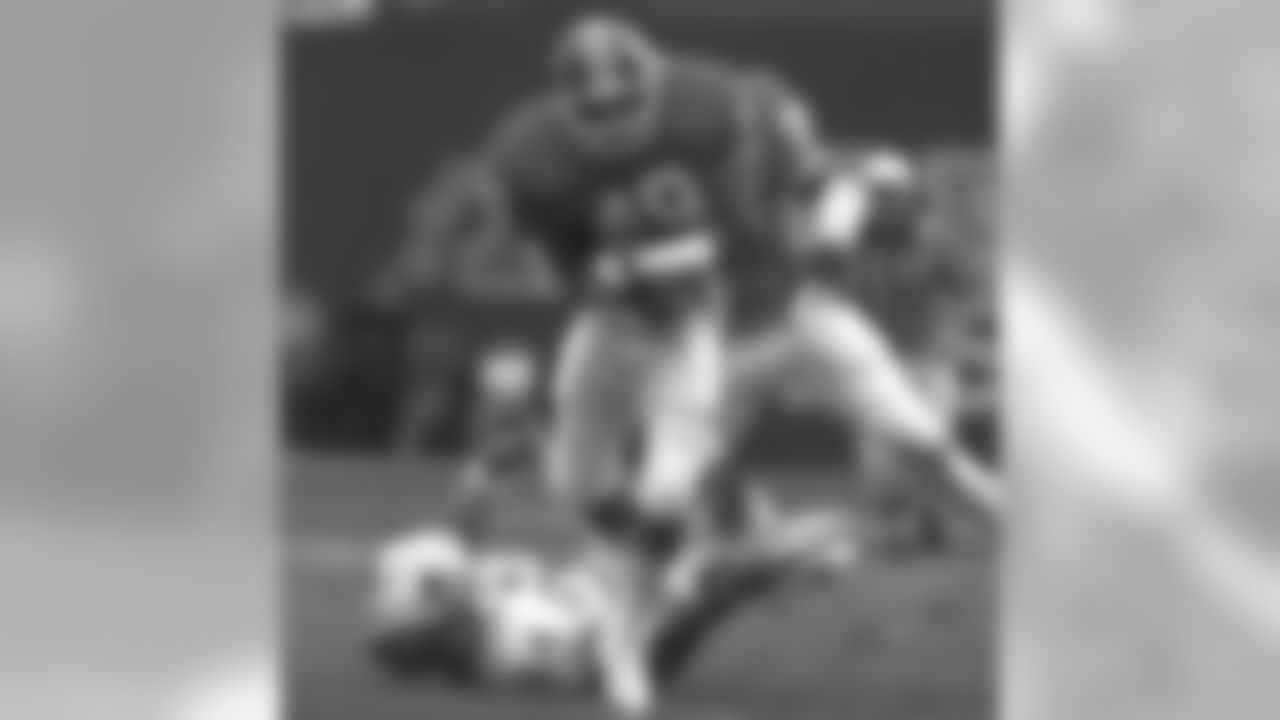
First-round pick Dennis Smith would become a Ring of Famer for the Broncos from this class (174 CarAV), and the team also found a long-time starter at tackle with Ken Lanier. Linebacker Steve Busick would also eventually become a three-year starter for the Broncos.
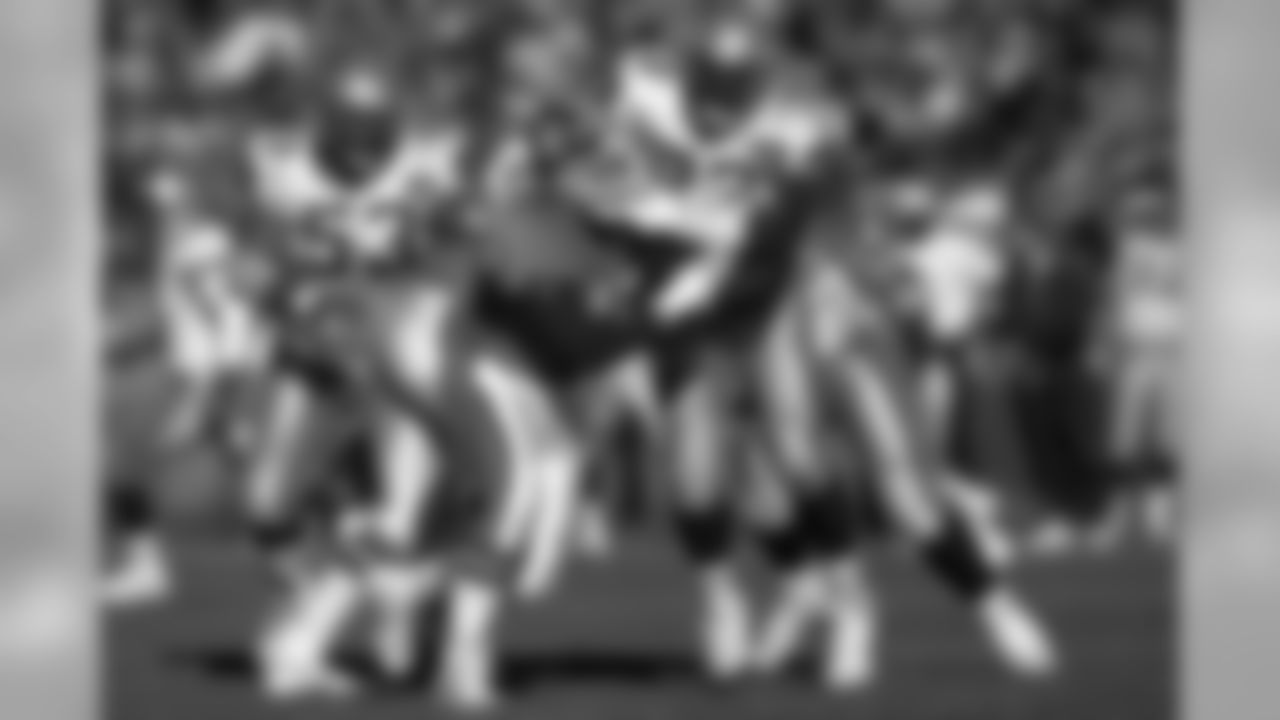
Had the Broncos been the team that selected John Elway in the 1983 draft, this class (216 CarAV) would be ranked much higher. Still, the player they drafted and included in the trade to Baltimore for Elway was no slouch; tackle Chris Hinton was an 11-year starter in the NFL and made seven Pro Bowls. Aside from their first pick, it was their last pick that made the biggest impact; 12th-round pick Karl Mecklenburg became a three-time first-team All-Pro selection, a six-time Pro Bowler and started for the team at linebacker for 10 seasons. In the eighth round, Denver also found a long-time backup for Elway in Gary Kubiak, who would later win three Super Bowls with the Broncos (two as offensive coordinator and one as head coach).
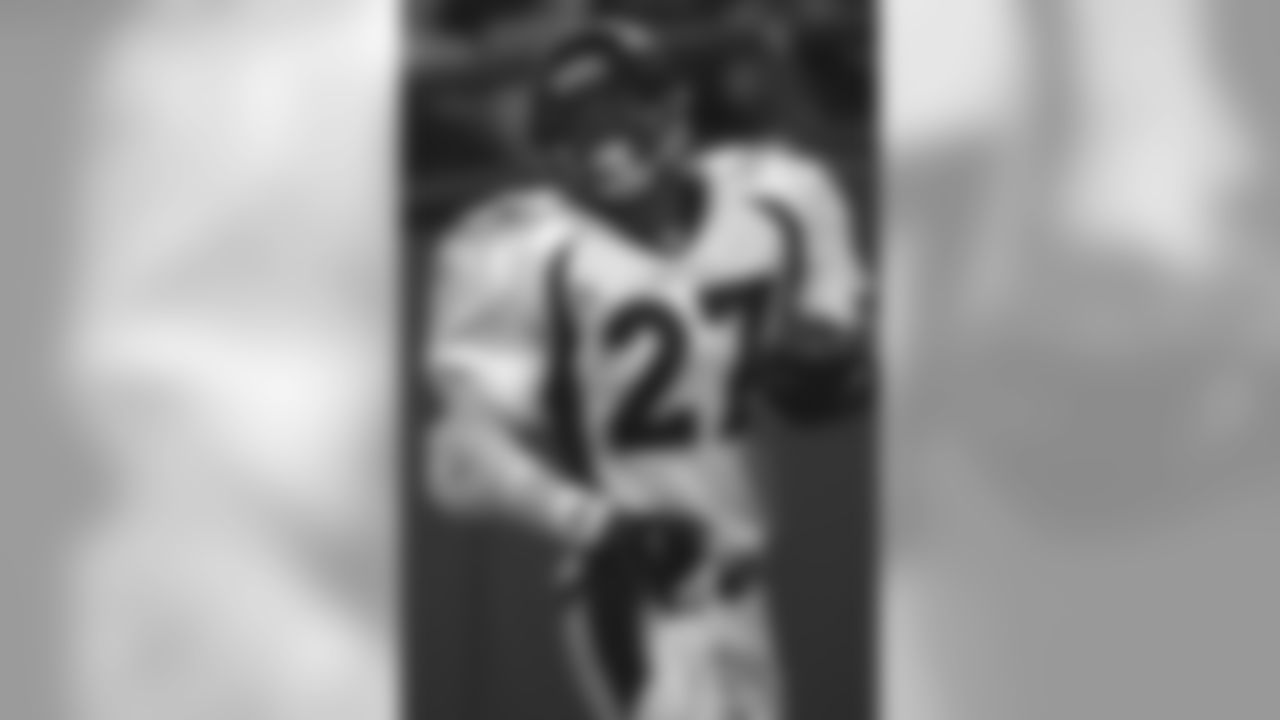
Hall of Fame safety Steve Atwater and guard Doug Widell were the Broncos' first two picks, and each fulfilled their promise for Denver as part of this class (194 CarAV). Atwater, who was an eight-time Pro Bowler and a member of the NFL 1990s All-Decade Team, also was a key player for the Broncos to reach three Pro Bowls, of which they won two.
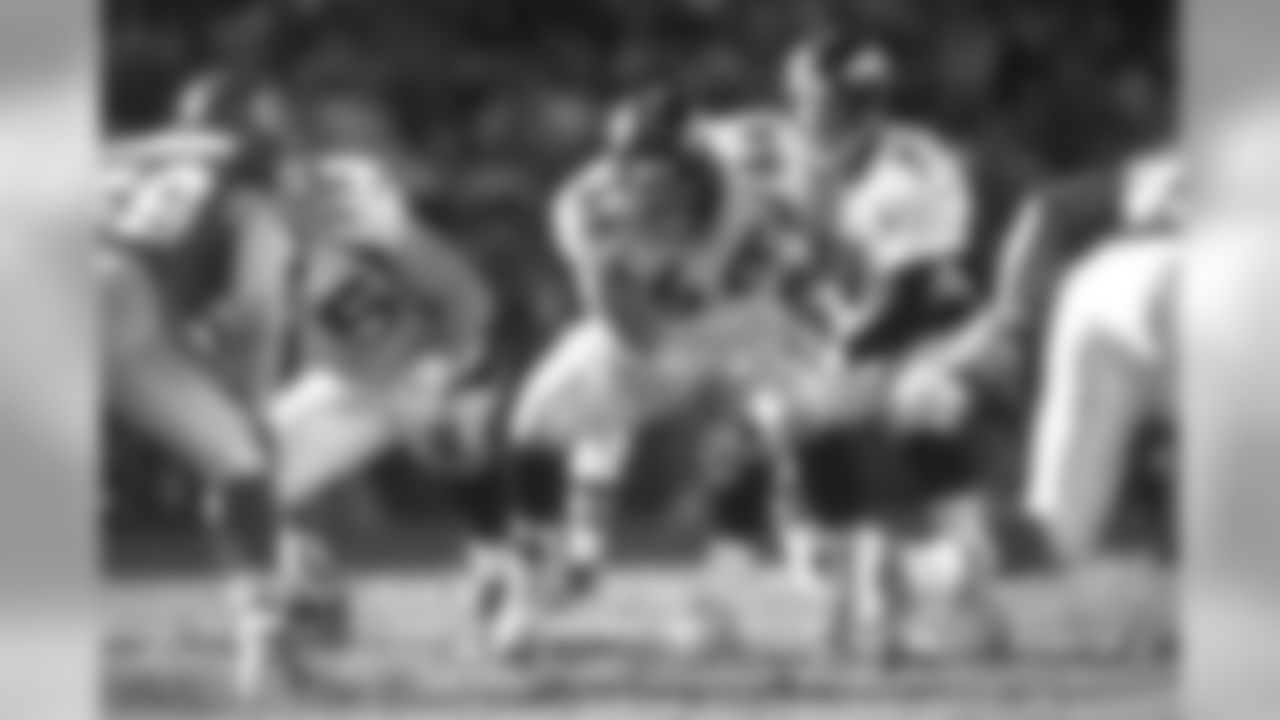
This year was a smaller draft — only five picks (totaling 158 CarAV) — but the Broncos found key contributors in Ring of Famer Tom Nalen and seven-year starter Allen Aldridge.
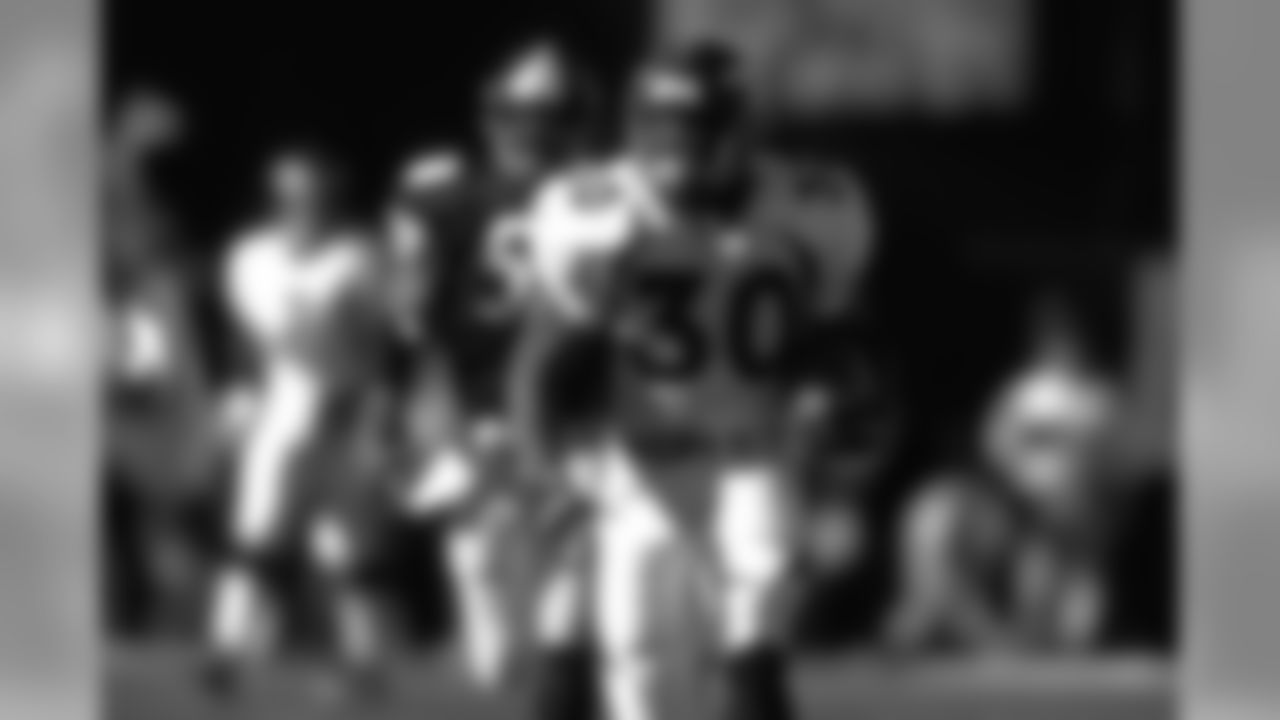
Finding a Hall of Famer in the fifth round (running back Terrell Davis) and a Pro Bowler in the seventh (tight end Byron Chamberlain) makes for a fairly successful draft (99 CarAV), even if no one else from the class would become a full-time starter.
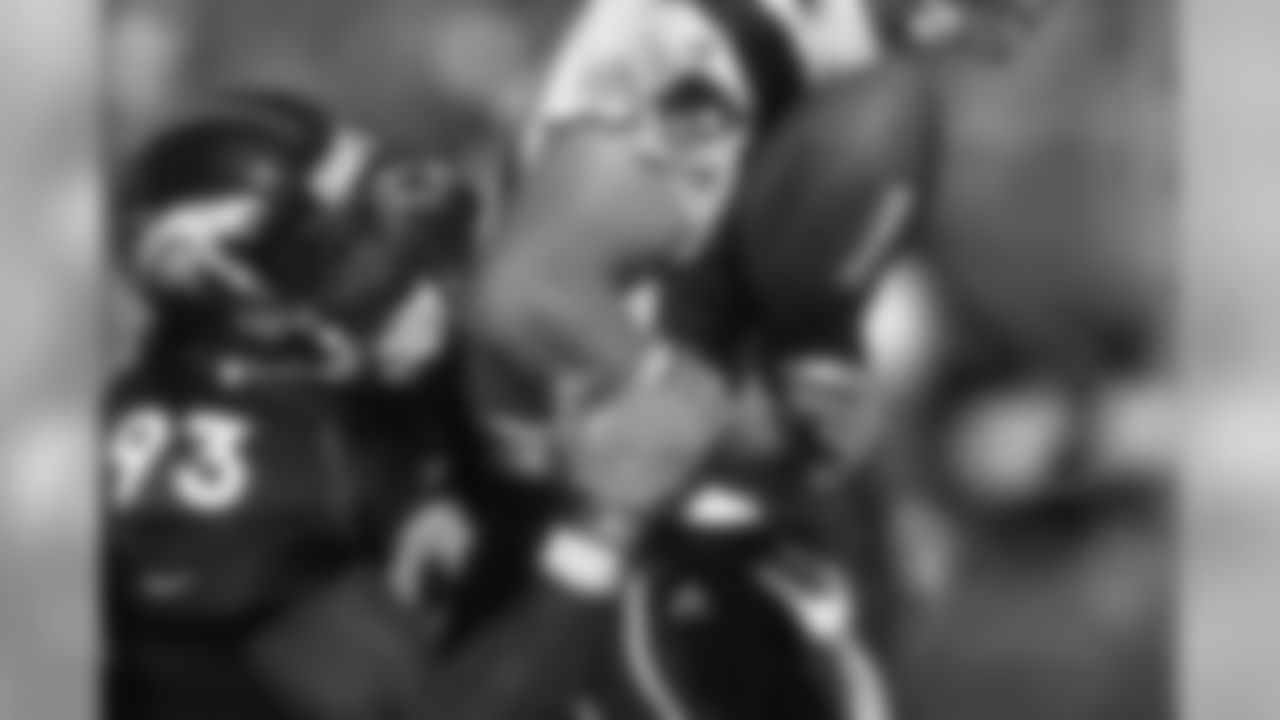
That the Broncos only drafted three players means this class' total approximate value isn't very high (129), but they found success with two out of those three picks. Defensive lineman Trevor Pryce became a four-time Pro Bowler and guard Dan Neil started for six seasons in the NFL.
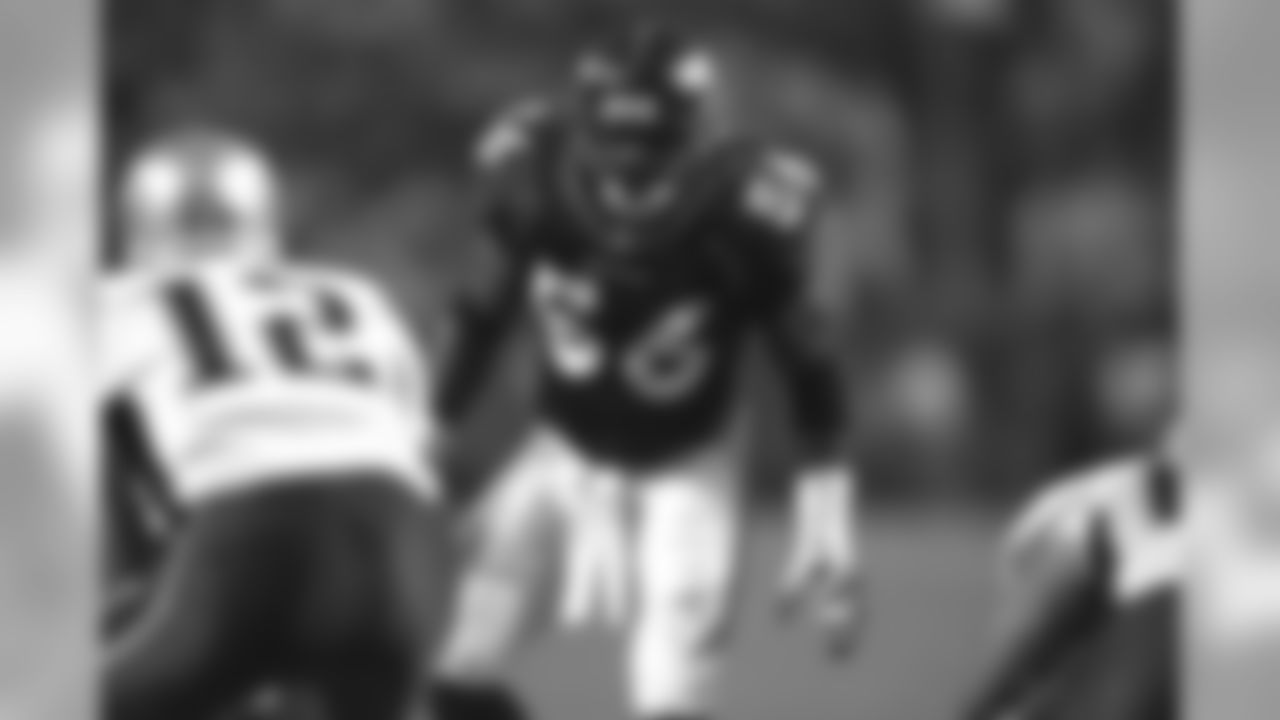
The '99 class (220 CarAV) featured a five-time Pro Bowler in linebacker Al Wilson, and tight end Desmond Clark had a lengthy career in which he was a starter for six season.
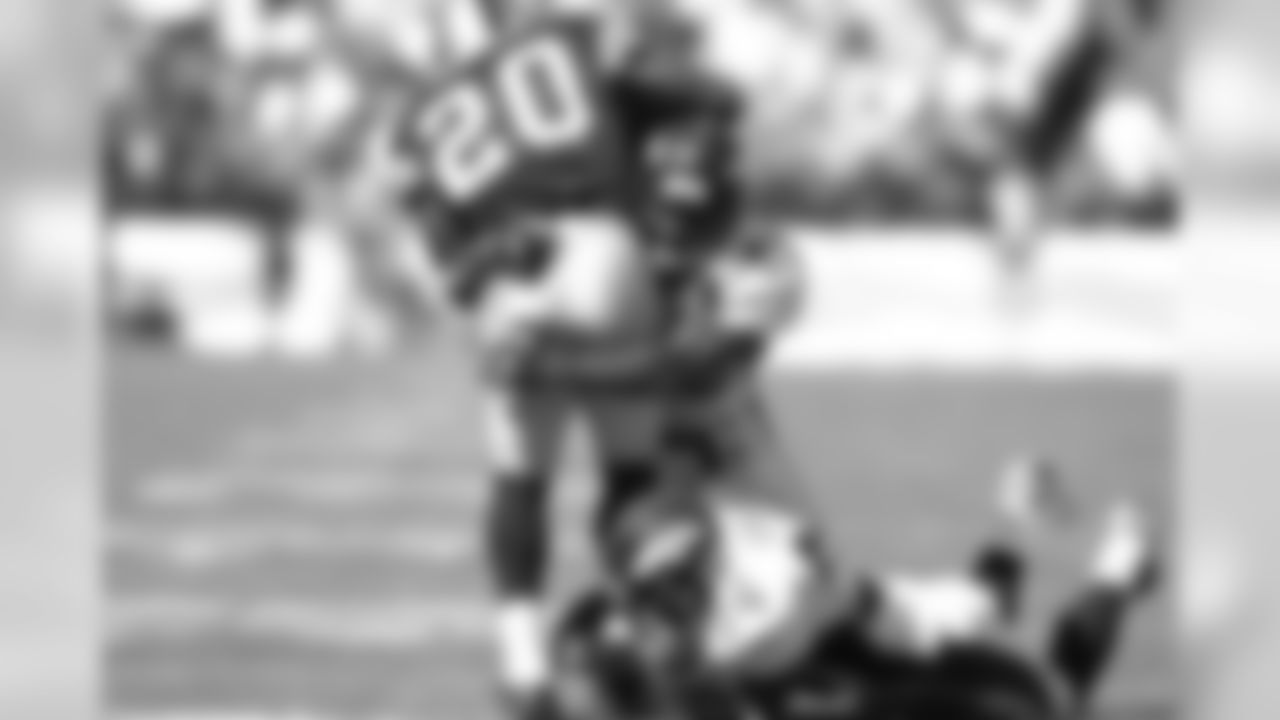
This class (212 CarAV) may not have featured any superstars, but Deltha O'Neal, Ian Gold, Kenoy Kennedy and Cooper Carlisle formed a solid class. Each started for at least five seasons in the NFL, and O'Neal and Gold each made at least one Pro Bowl.
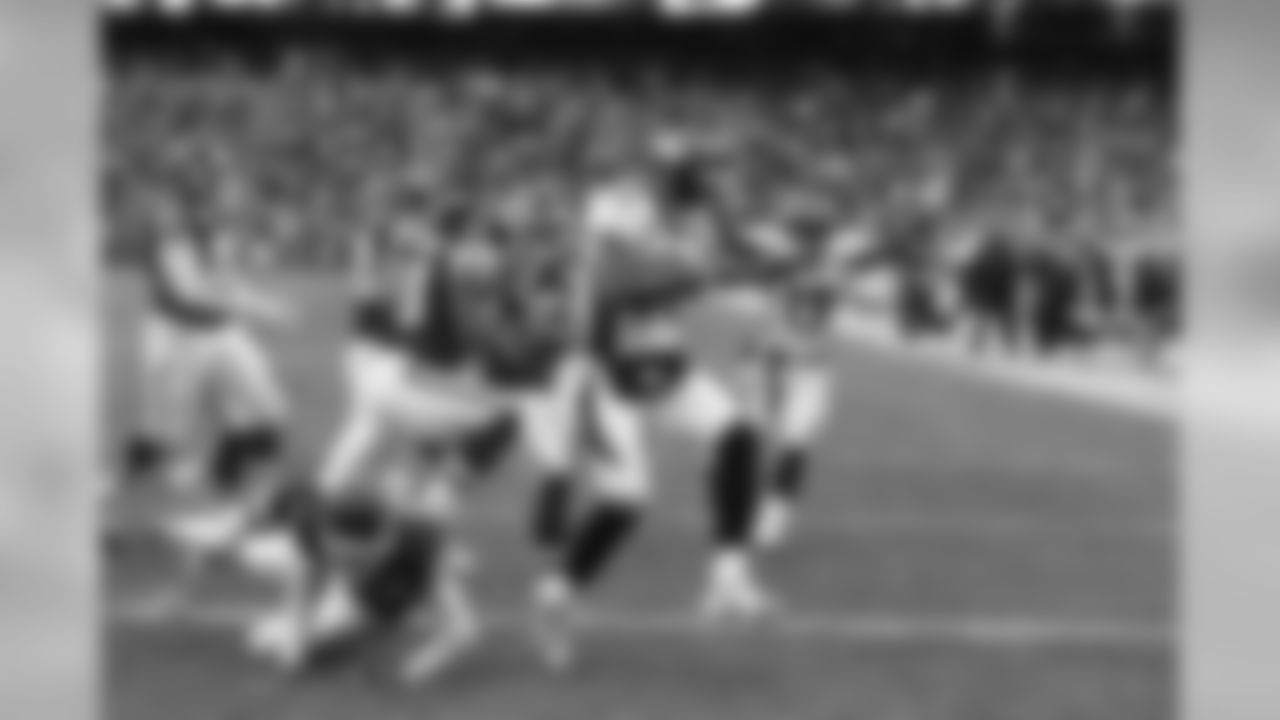
The Broncos' 2006 class (311 CarAV) combined for 12 Pro Bowls and three first-team All-Pro selections, and two of the seven players the Broncos selected ended up starting at least 10 seasons during their careers. Wide receiver Brandon Marshall totaled six Pro Bowls one first-team All-Pro nod and edge rusher Elvis Dumervil had five Pro Bowls and two All-Pro selections. Quarterback Jay Cutler and guard Chris Kuper round out the class' group of most-successful players.
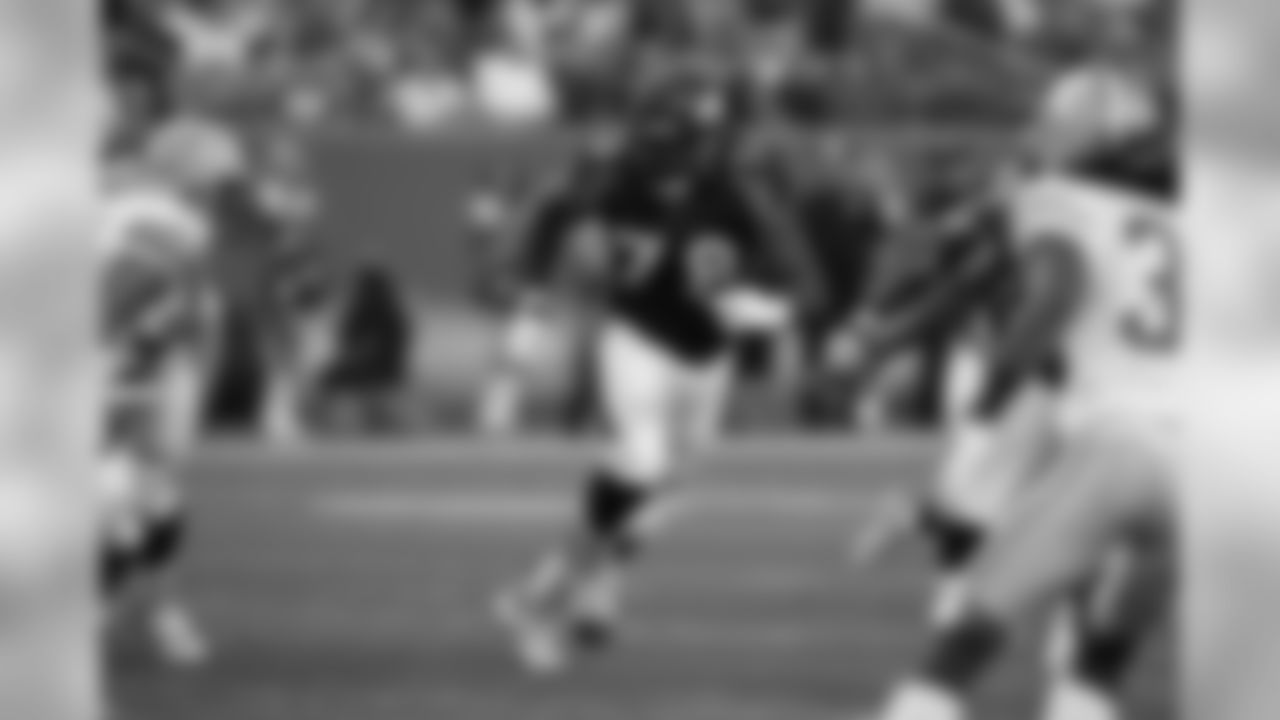
From this class (166 CarAV), tackle Ryan Clady became a two-time first-team All-Pro, and he may someday be inducted into the Ring of Fame. Wide receiver Eddie Royal and center Kory Lichtensteiger also ended up starting at least four seasons in the NFL.
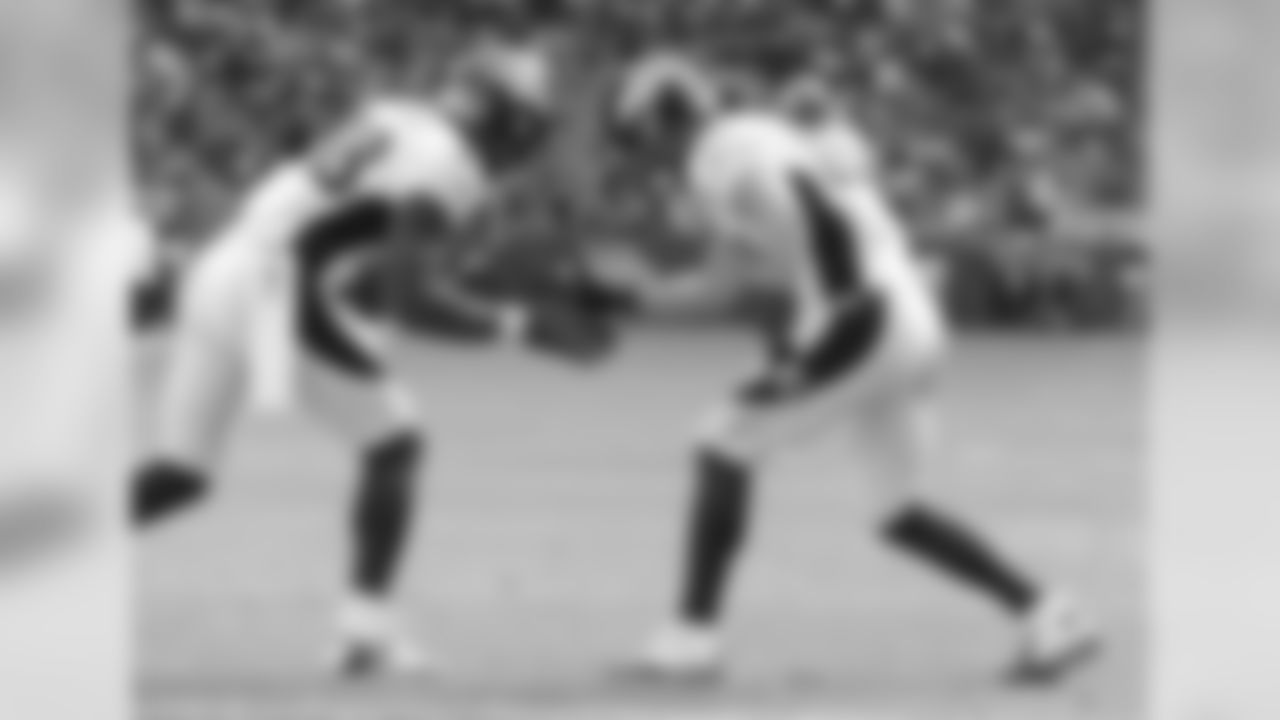
Denver found two outstanding wide receivers in Demaryius Thomas and Eric Decker in their 2010 class (224 CarAV), and guard Zane Beadles had a good career that included one Pro Bowl selection and seven seasons as a starter in the NFL.
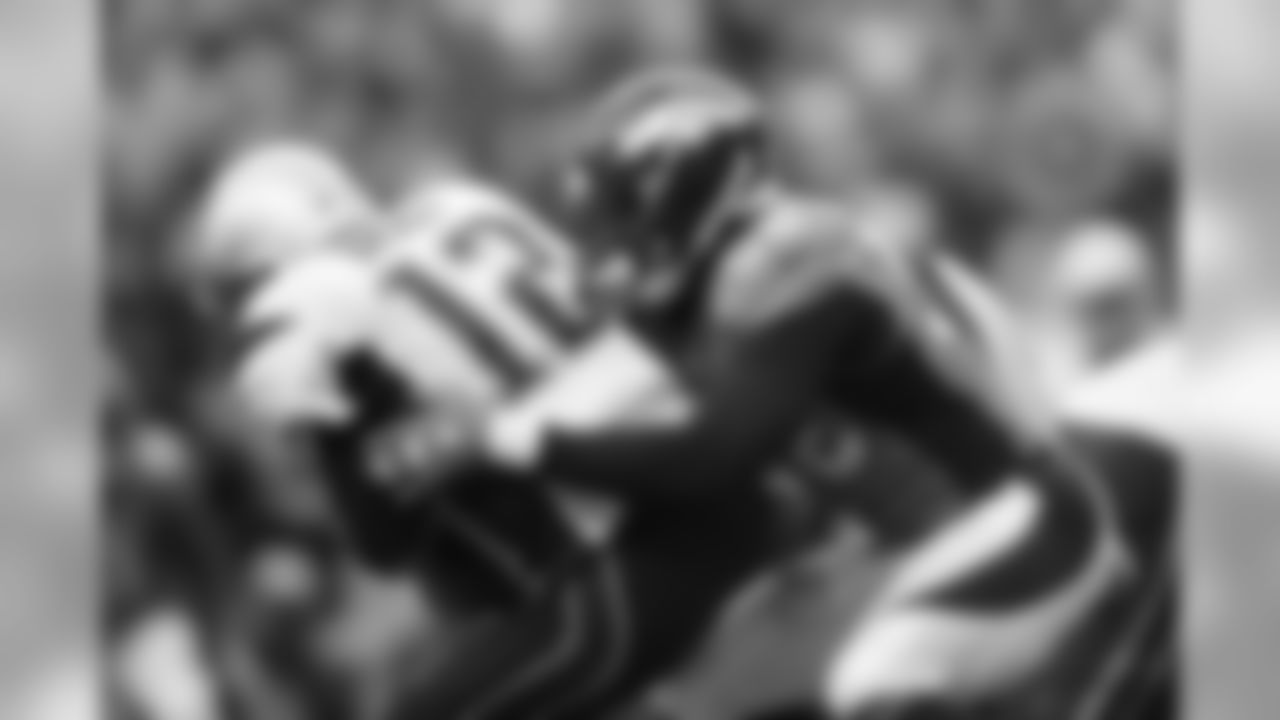
Von Miller, of course, leads the way for the 2011 class (205 CarAV). The eight-time Pro Bowler and three-time All-Pro helped lead the Broncos to victory in Super Bowl 50, and along with two-time Pro Bowler Julius Thomas and six-year starter Orlando Franklin, the Broncos found some key talent.
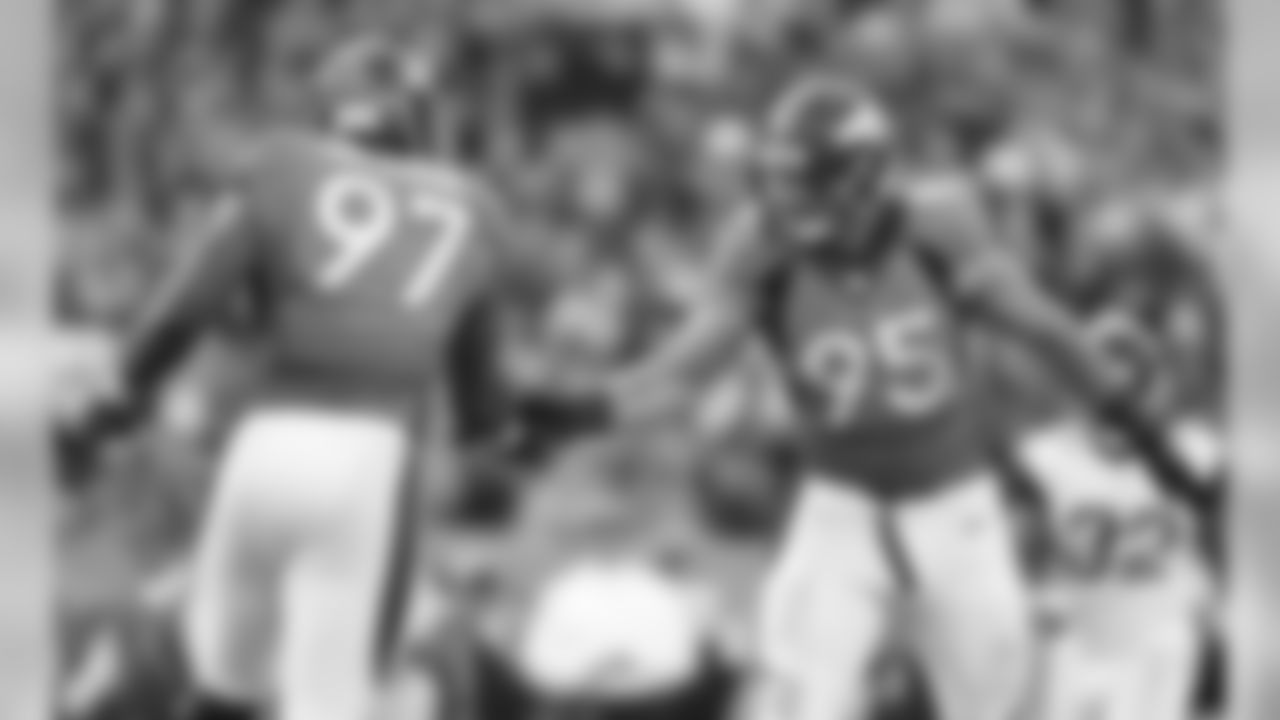
The Broncos almost certainly would not have reached Super Bowl 50 or won it without this class (163 CarAV). Derek Wolfe was a starter for all eight seasons, and alongside Malik Jackson and Danny Trevathan, they helped form a very dangerous defensive front. Quarterback Brock Osweiler and Ronnie Hillman also made key contributions on the road to the Super Bowl.
Every Broncos fan is well aware that the NFL Draft is on the horizon and that the Broncos have one of the most dominant records in pro football over the last 40 years.
I am well aware that the last three seasons are not to our standards, but there is no question about the overall record of the franchise.
And now, the draft is a major component of building a team, along with free agency, and the occasional trade.
But back in the day, building was done through the draft almost exclusively, as there was no free agency in pro football.
The Broncos did not have a winning season from their inception in 1960 through 1972, a span of 13 long, losing seasons.
The AFL-NFL merger led to a common draft, so general manager and head coach Lou Saban was able to at least set a foundation in place in the late 1960s, but it was the arrival of John Ralston in that same role that turned the roster around.
Ralston was the general manager and head coach from 1972-76, and since there was no free agency at that time, it meant that players pretty much stayed with a team unless they were cut or, in just a few cases, traded — or until they retired. So if you had success in the draft, repeatedly, you could build a contending team, even a championship team.
And that was what John Ralston did.
There were 17 rounds in the draft during the five seasons of the Ralston regime, and he truly built the roster that would lay the foundation for greatness for the Denver Broncos.
It is always easier to add pieces once you have established the base, and "J.R." established the base.
Here are the starters — and other key contributors — for the Broncos who was drafted by Ralston in that five year period. Super Bowl XII starters are denoted by one asterisk and players who were on the active roster for the game are denoted by two asterisks.
1972 NFL Draft
- Riley Odoms*, the Broncos' first-round pick in 1972, went on to be a Pro Bowl tight end and started in Super Bowl XII.
- Tom Graham, a fourth-round choice, was a starting linebacker before being traded to Kansas City.
- The Broncos' 1972 selections also included Jim Krieg, a wide receiver from Washington.
1973 NFL Draft
The 1973 draft was a virtual treasure trove:
- Otis Armstrong*, the first-round pick, was twice a 1,000-yard rusher and a key member of the Super Bowl XII team.
- Barney Chavous* was the Broncos' second-round pick, and "The Great Yard" (as in "Barnyard" — nicknames take some odd twists) was a valuable defensive end for many years.
- Paul Howard* was a third-round pick, a stalwart player at guard for over a decade.
- Tom Jackson*, the legendary Ring of Famer, was taken in the fourth round and played in Super Bowl XXI in addition to XII.
- Defensive end John Grant**was taken from USC in Round 7.
- Other 1973 draftees who contributed included LBJim O'Malley(12th), QBJohn Hufnagel(14th), CBCalvin Jones(15th) and RBOliver Ross (15th).
1974 NFL Draft
- In 1974 Ralston's first round pick was Randy Gradishar*, whom Ohio State head coach Woody Hayes had dubbed "the best linebacker I ever coached." Randy, of course, is in the Ring of Fame.
- Third-round pick Claudie Minor* became a fixture at left tackle.
- Tight end Boyd Brown (17th round) was a three-year contributor for the team.
1975 NFL Draft
- In 1975, the Broncos again drafted a future Ring of Famer in the first round, Louis Wright*, the magnificent cornerback from San Jose State. He started in Super Bowl XXI in addition to XII.
- Another Ring of Famer came along in Round 4: two-time NFL All-Decade Team selection Rick Upchurch**.
- Rubin Carter*, the prototype nose tackle in pro football when the league went to the 3-4, was drafted in Round 5.
- Steve Foley*, the Broncos' all-time interception leader with 44, was drafted in the eighth round and started in two Super Bowls for the Broncos (XII and XXI).
1976 NFL Draft
- In 1976, Ralston turned his attention to the offensive line in the first round and selected superb technician guard Tom Glassic*.
- Fourth-round choice QB Craig Penrose**was a valuable backup.
- Fifth-round choiceLonnie Perrin** was an outstanding running back and kickoff man (SB XII).
- In the 14th round, Denver took valuable backup linebacker and special teams ace Larry Evans** (also known as "Choctaw," as he went to Mississippi College, and that was their nickname, hence that's what I still call him).
Then, time moved on, and so did John Ralston, who left following the 1976 season.
But his Broncos had the team's first winning season in 1973 and two more in his five years at the helm.
They played the Oakland Raiders for the AFC West title in the final game of 1973 but did not win.
However, that was a harbinger of things to come for the Broncos' roster, which Ralston built through the draft.
Many more players have since come to the Mile High City, and now Denver boasts three world championships, eight Super Bowl appearances, 10 AFC Championship Games, 15 AFC West titles, 22 playoff berths and a total of 29 winning seasons.
But it all starts with the roster, and now as then, the roster starts with the draft.














